A: Two particles starts from the rest simultaneously and proceed with the same acceleration in the same direction. The relative velocity of these particles will be zero throughout motion.
R: At every moment the two particle will have the same velocity.
If both A and B are true and R is the correct explanation of A
If both A and R are true but R is not correct explantion of A
If A is true but R is false
If A is false but R is true
The correct Answer is:C
Step by step video, text & image solution for A: Two particles starts from the rest simultaneously and proceed with the same acceleration in the same direction. The relative velocity of these particles will be zero throughout motion. R: At every moment the two particle will have the same velocity. by Physics experts to help you in doubts & scoring excellent marks in Class 11 exams.
Updated on:21/07/2023Topper's Solved these Questions
- MOTION IN A STRAIGHT LINEBook:GRB PUBLICATIONChapter:MOTION IN A STRAIGHT LINEExercise:Matrix -match
Explore 4 Videos
- MOTION IN A STRAIGHT LINEBook:GRB PUBLICATIONChapter:MOTION IN A STRAIGHT LINEExercise:Integer
Explore 5 Videos
- MOTION IN A STRAIGHT LINEBook:GRB PUBLICATIONChapter:MOTION IN A STRAIGHT LINEExercise:More than one choice is correct
Explore 16 Videos
- FRICTION AND CIRCULAR MOTION Book:GRB PUBLICATIONChapter:FRICTION AND CIRCULAR MOTION Exercise:Comprehension type
Explore 11 Videos
- MOTION IN TWO AND THREE DIMENSIONSBook:GRB PUBLICATIONChapter:MOTION IN TWO AND THREE DIMENSIONSExercise:All Questions
Explore 210 Videos
Similar Questions
Two particles describes the same circle of radius a in the same sense with the same speed v. What is their relative angular velocity?
View SolutionA particle starting from rest undergoes a rectilinear motion with acceleration a. The variation of a with time t is shown below. The maximum velocity attained by the particle during its motion is
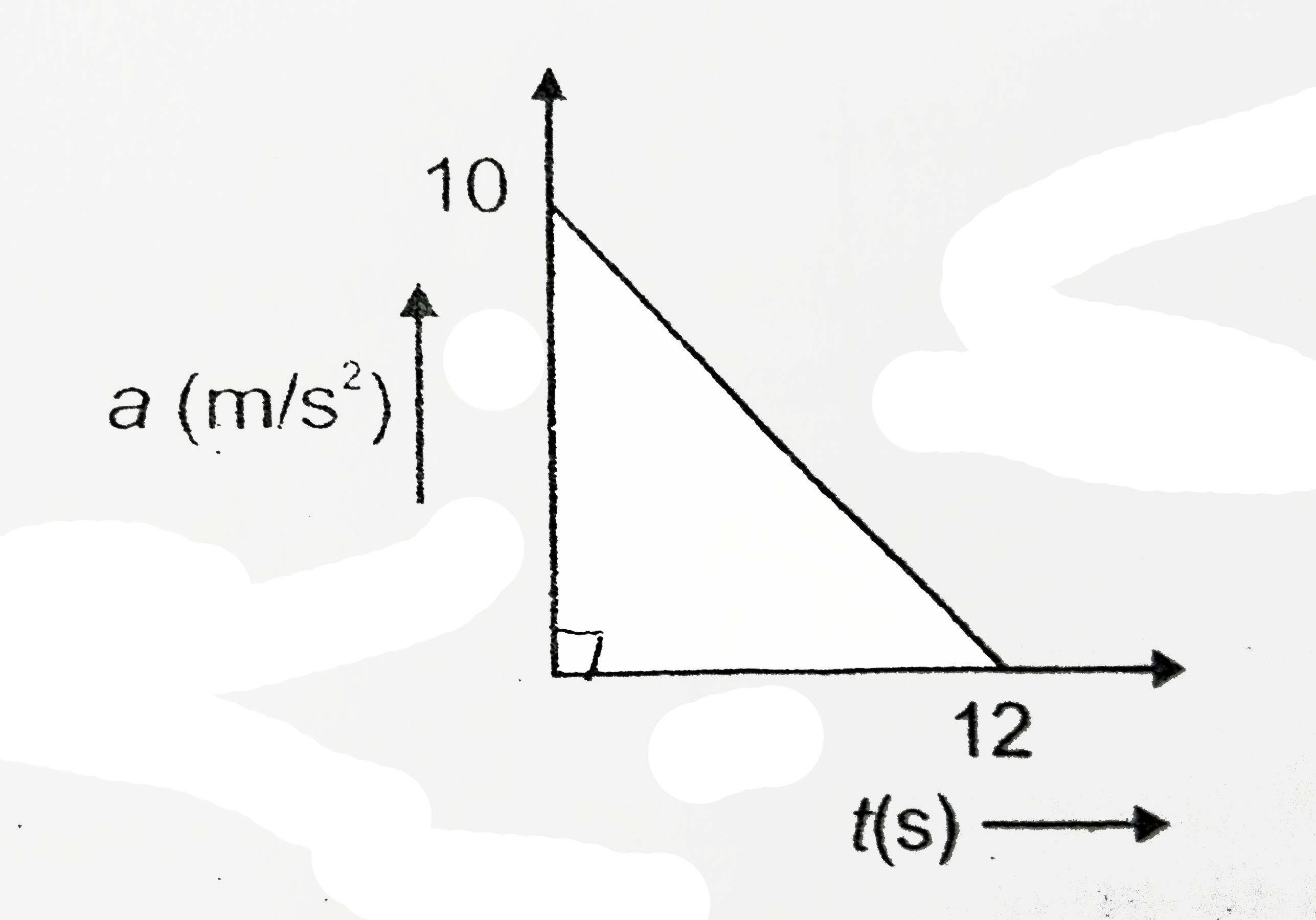
View Solution
Knowledge Check
Two particles start from rest simultaneously and are equally accelerated throughout the motion, the relative velocity ofone with respect to other is :
AZeroBNon zero and directed parallel to accelerationCNon zero and directed opposite to accelerationDDirected perpendicular to the accelerationA particle starts from rest and moves with constant acceleration. Then velocity displacement curve is:
A B
B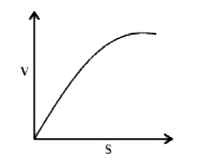 C
C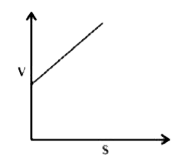 D
D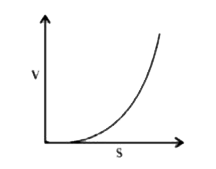
A particle starting from rest attains a velocity of 50ms−1 in 5 s. The acceleration of the particle is
A5ms2B10ms2C50ms2D100ms2
A particle starts from rest at t=0 and undergoes an acceleration as shown in figure.
Draw the velocity-time graph of the motion of the particle during the interval from zero to 4 second.
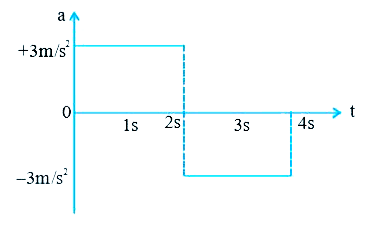
View SolutionStarting from rest, the acceleration of a particle is a=2(t-1). The velocity of the particle at t=5s is :-
View SolutionTwo particles start simultaneously from a point with equal velocities v each along two straight inclined at 60∘. Find their relative velocity
View SolutionTwo particles having the same phase must be at
View SolutionA particle starts from rest with uniform acceleration a. Its velocity after n seconds is v. The displacement of the particle in the two seconds is :
View Solution

